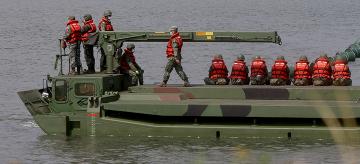
Simulation
Humanitarian Intervention in South Sudan in 2014 (NSC)
Set in May 2014. An ongoing civil war means South Sudan faces the threat of mass violence, reprisals, and possibly genocide.









A learning journey is a student facing, curated collection of resources that explore a topic from a specific perspective.

Look back at the origins of the Israeli-Palestinian conflict and then take part in the current debate on how to bring an end to the violence.

Explore Taiwan’s relationships with the United States and China. Then take part in a national security simulation to help avoid future conflict.

Explore this collection of learning resources to understand recent trends in global conflicts.